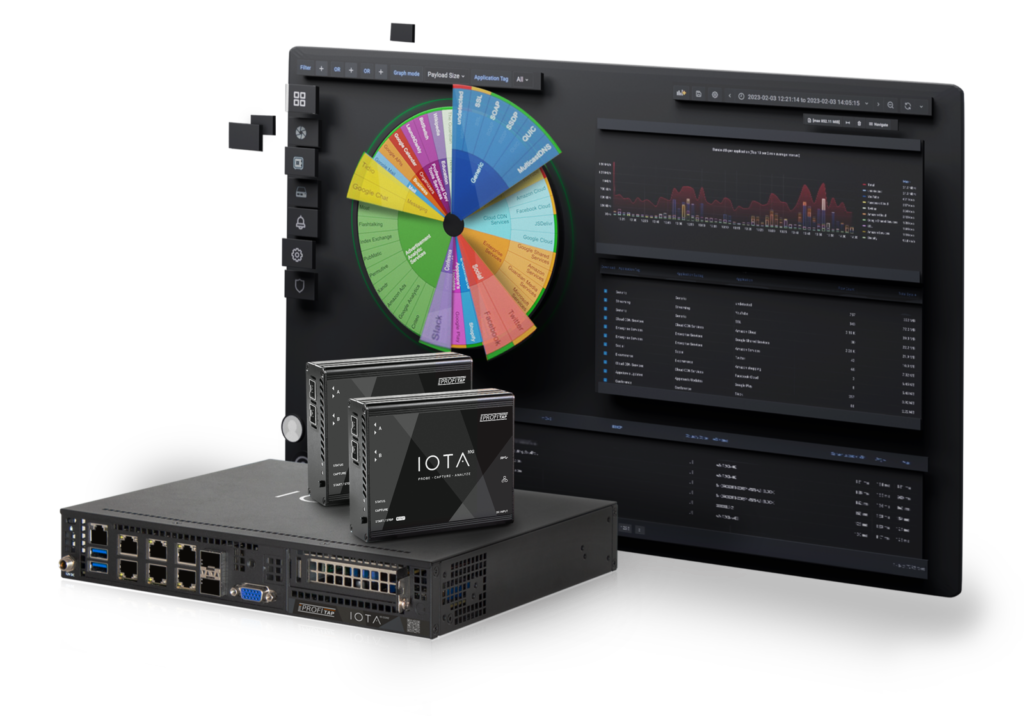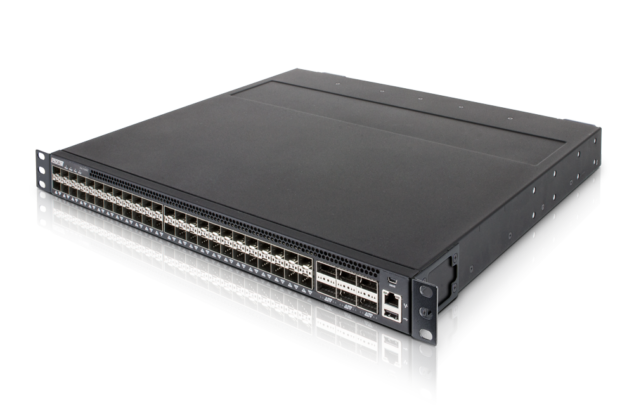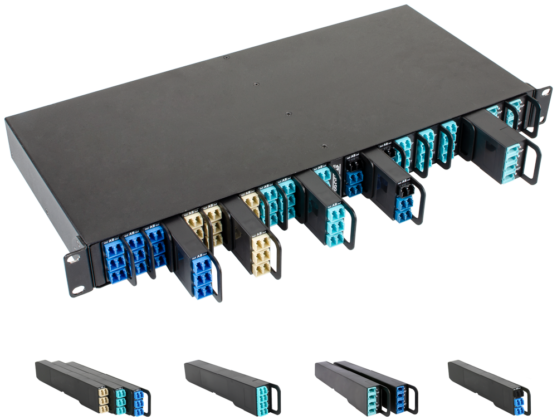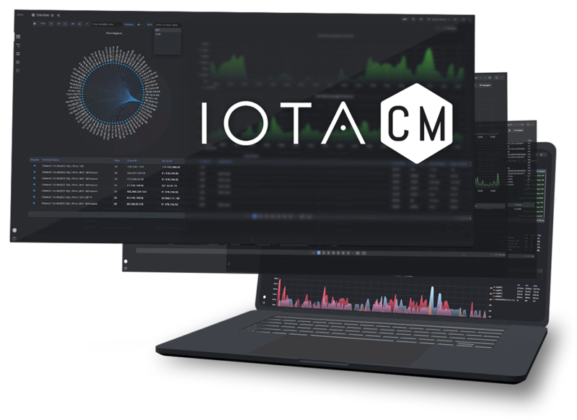
Deep Network Observability
Profitap delivers packet-based network intelligence to strengthen network performance and cybersecurity measures. With a wide range of high-density data center TAPs and field service troubleshooters are designed to provide you with complete, comprehensive visibility and access to your network 24-7-365
Products & Platforms
Profitap helps businesses maintain optimal network performance and supports their cybersecurity posture with packet-based network intelligence. Through high-fidelity data capture, visualized in dedicated analysis dashboards, network analysts can easily drill down on network performance and security issues
With ProfiShark, IOTA Edge and IOTA Core, Profitap’s cutting-edge network capture and analysis solutions offer a robust platform to transform how you capture traffic and use it to manage and optimize your networks.
- Elevate your network visibility
- Rapid issue identification and resolution
- Forensic analysis and historical investigation
- Optimize network performance and security
Profitap’s Network Packet Broker and Network Traffic Aggregator based Data Flow Management and Optimization Solutions empower you to manage and fine-tune the traffic flow that powers your performance optimization and cybersecurity operations.
- Optimize Traffic: Filter packets to ensure that only relevant data is sent to monitoring or security systems
- Anonymize Traffic: Mask sensitive data for privacy and compliance.
- Distribute Traffic: Ensure the right data reaches the right tool, ensuring efficient use of monitoring resources.
Profitap’s network TAPs provide permanent, fail-safe in-line access to live traffic at high speeds. These solutions work in the background, ensuring that your tools are supported by a reliable, live stream of network data.
- Achieve full visibility across physical and virtual networks.
- Obtain permanent in-line access to live traffic in high-speed networks.
- Protect the network link availability for in-line security tools.
- Eliminate single points of failure in accessing network traffic.
- Deliver lossless traffic aggregation
Profitap Supervisor helps orchestrate clusters of devices all at once. Allowing you to organize and control all XX-Series and X2-Series Network Packet Brokers deployed inside your network architecture.
OTA CM enables centralized management of IOTA EDGE and CORE devices. Bringing together analytics from all IOTA capture points into a single interface
Why Profitap
Our customers come first. With a strong R&D focus and capacity, we provide specialized solutions tailored to our client’s requirements.
We have an extensive global network and the largest portfolio of Traffic Access, Data Optimization, and Traffic Capture & Analysis solutions.
We are experts in network monitoring solutions. From hardware to software, we innovate and provide customized solutions.
We’re fast. From sales to support, we do our best to get you the right solution at the right time.
Use Cases
Performance Analysis & Diagnostics
Improve overall network efficiency, performance, and Mean Time To Resolution.
Network Troubleshooting
Quickly identify and resolve network issues affecting users and critical applications.
Packet Forensics
Capture, analyze, and interpret network traffic with forensic precision.
Network Security
Reduce blind spots and empower security tools with actionable traffic insights.




